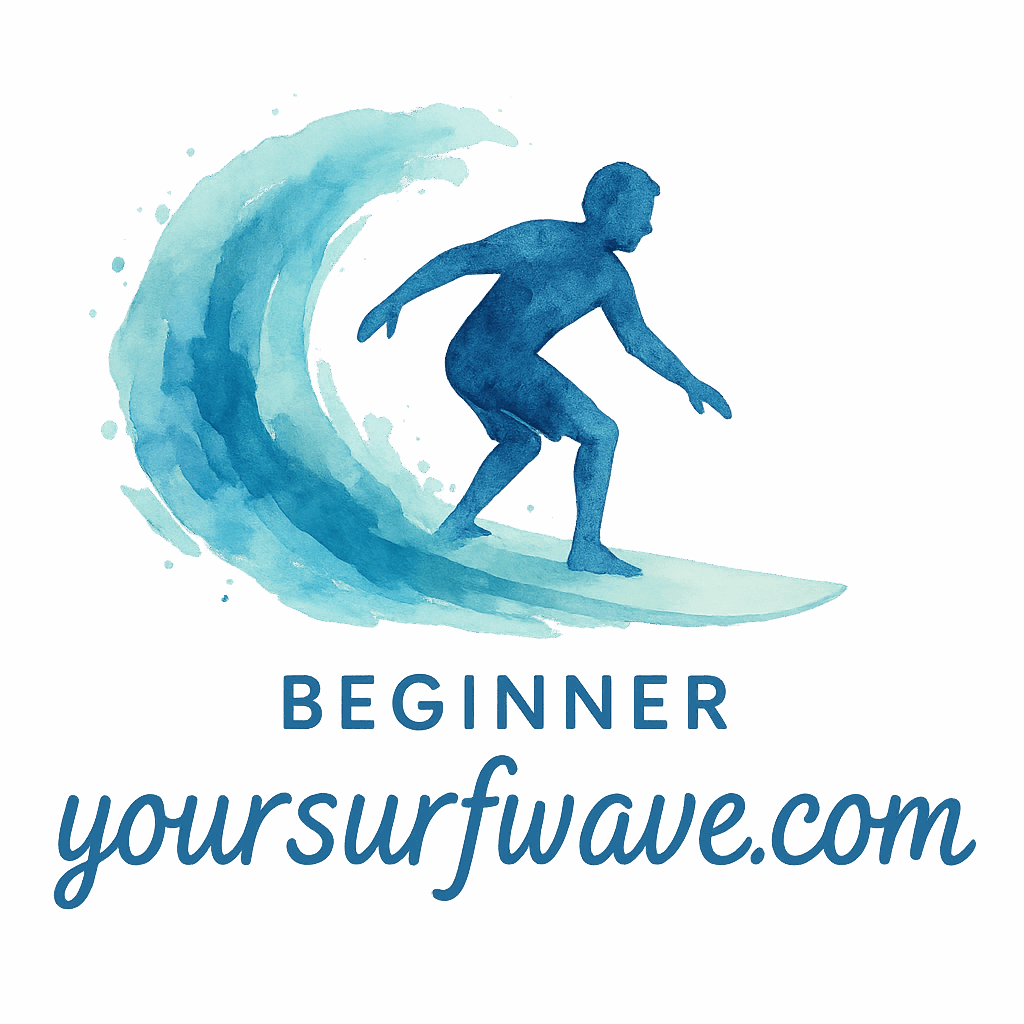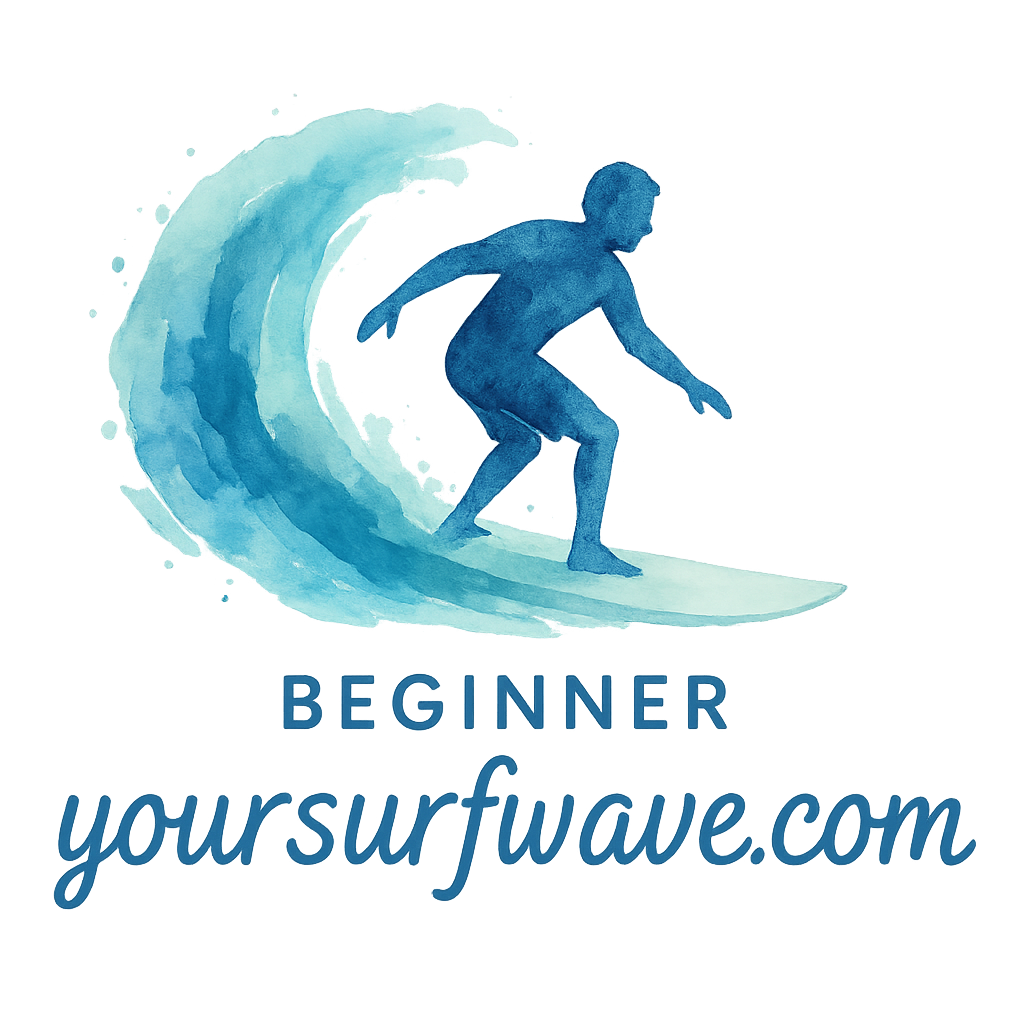So you’ve finally caught the surf bug, huh? Maybe you watched a few surfers dancing across waves and thought, “Yeah, I wanna do that!” Good news: surfing is one of the most rewarding experiences you can have with nature. But before you paddle out and chase that first ride, you’ve gotta get your basics dialed in. Here’s your ultimate guide to 10 surf basics every beginner must know—written with stoke, sweat, and surf spray.
Why Learn the Basics First?
Think of learning to surf like building a house. You can’t hang the drapes if you don’t have walls, and you can’t ride clean waves if you don’t understand how to stand up properly. Nailing the surf basics helps you stay safe, learn faster, and actually enjoy your time in the water.
1. Choose the Right Beginner Surfboard
Choosing a surfboard is like picking a new best friend. You need one that understands you, supports you, and won’t dump you in a wipeout every five seconds.
Foam Boards vs Hard Tops
If you’re just starting out, go with a soft-top foam board. They’re forgiving, buoyant, and won’t leave you with bruises when you tumble—which you will.
Surfboard Size Matters
Look for something around 8 to 9 feet long. More volume = easier paddling + more stability. Check out the full surfboard gear guide for top picks.
Related Tags
For more help picking your stick, explore beginner surfboard and surfboard review tags.
2. Understand the Ocean and Waves
The ocean is your playground—but also your biggest challenge.
Wave Anatomy 101
Know your swell from your whitewash. Learn how waves break, where the peak is, and what the shoulder means. Surf basics help you read the water like a second language.
Reading the Break
Spend 10 minutes watching the waves before you jump in. Notice where others are surfing and how the waves are breaking—this alone will save you countless wipeouts.
3. Master the Pop-Up Technique
No pop-up, no ride. It’s that simple.
Practice Makes Perfect
You’ll want to drill your pop-up on land first. Over and over again. It’s like muscle memory—your body needs to do it without thinking.
Land Drills Help More Than You Think
Use a yoga mat or even your carpet at home. Combine it with tips from our beginner tips guide to fine-tune your form.

4. Learn Surf Etiquette
There are rules out there, and breaking them gets you stink-eyed or worse.
Respect the Lineup
Don’t paddle around people to catch waves. Wait your turn. If you’re unsure, watch how the locals do it.
Don’t Snake Other Surfers
Snaking is when you sneak in front of someone’s rightful wave. It’s rude and dangerous. Avoid it at all costs. Brush up more on this in our surfing tips section.
5. Pick the Right Surf Spot
You wouldn’t jump into the deep end on your first swim lesson, right?
Beginner-Friendly Breaks
Look for mellow beach breaks with soft waves. Avoid reef breaks and crowded advanced spots. Explore surf locations curated just for beginners.
Safety Comes First
Never paddle out alone the first few times. Choose a spot with lifeguards and fellow beginners.
6. Start with a Surf Lesson
No shame here—it can actually save you months of trial and error.
What a Lesson Covers
In just one session, you’ll learn paddling, pop-ups, wave reading, and etiquette. Plus, feedback from an instructor is gold.
Surf Schools vs Self-Taught
Self-teaching is cool, but lessons give you an edge. Check out our top learn to surf resources to see where to begin.
7. Stay Safe in the Water
Safety first, always. Your surf session isn’t worth a hospital visit.
Know Your Limits
Don’t paddle out into waves beyond your comfort level. It’s okay to sit and watch instead of risking it.
Watch for Rip Currents
Rip currents are fast-flowing water channels that can drag you out. Learn how to spot and escape them by swimming parallel to shore.
8. Get Surf Fit Before Hitting the Water
Surfing isn’t just paddling—it’s a full-body workout.
Importance of Surf-Fitness
Good fitness means more waves, less fatigue. Our surf fitness program can level you up quickly.
Indoor Exercise and Home Workouts
Even when you’re not near the ocean, you can prep. Try these home workout or indoor exercise routines designed for surfers.
9. Gear Up with Essentials
Besides your board, you need the right stuff to stay comfortable and safe.
Must-Have Surf Gear
Think wetsuits, leashes, wax, and maybe a surf watch if you’re feeling fancy. Visit surf gear for our full checklist.
Wetsuits, Leashes, and Wax
Wetsuits keep you warm, leashes keep your board attached, and wax keeps your feet planted. Easy, right?
10. Embrace the Surf Lifestyle
Surfing isn’t just about riding waves—it’s about living with stoke.
It’s More Than Just a Sport
It changes your mindset. Slows you down. Connects you with nature. Dive into our surf lifestyle content for inspiration.
Mental and Physical Benefits
Better fitness. Less stress. Happier days. Surfing is its own kind of therapy. In fact, surfing therapy is now a thing for mental health and wellness.
Final Thoughts: Ride the Wave of Progress
You don’t have to be Kelly Slater on day one. Take it slow, soak up the basics, and celebrate every mini win—from your first pop-up to your first ride. The ocean isn’t going anywhere, so paddle at your own pace. And remember—falling is learning.
Want more? Dive deeper into everything from surf travel to surf destinations at Your Surf Wave.
FAQs
1. What is the best surfboard for a beginner?
A soft-top longboard around 8–9 feet is ideal. Check our surfboard review section for recommendations.
2. How do I know which beach is safe for beginners?
Look for mellow waves, lifeguards, and check out beginner surf USA tagged locations.
3. Can I teach myself how to surf?
Yes, but lessons can speed up progress. Use resources like our beginner surfing tips to help.
4. How long does it take to learn to surf?
With regular practice, most people can ride a wave within a few weeks. Consistency is key!
5. Do I need to be super fit to start surfing?
Nope! But it helps. Our surf fitness tips and beginner wellness ideas will guide you.
6. What are some mental health benefits of surfing?
Surfing can reduce anxiety, improve mood, and boost confidence. Learn more in our mental health section.
7. How do I avoid getting hurt while surfing?
Stay aware of your surroundings, learn surfing tips, and never surf beyond your skill level.


